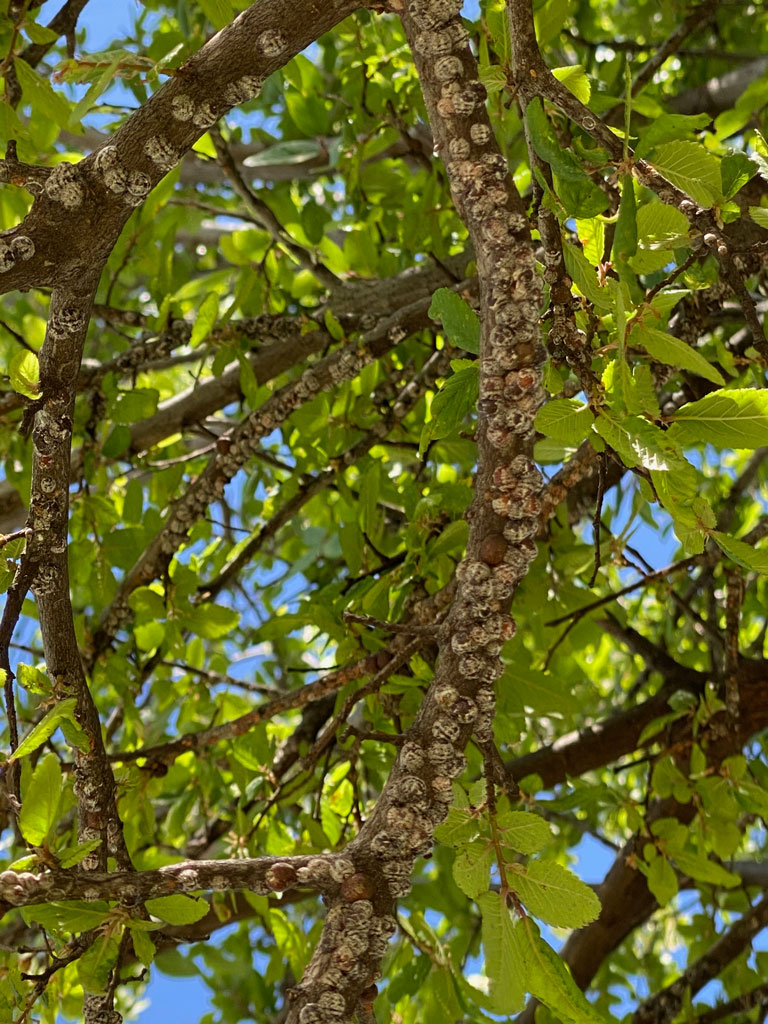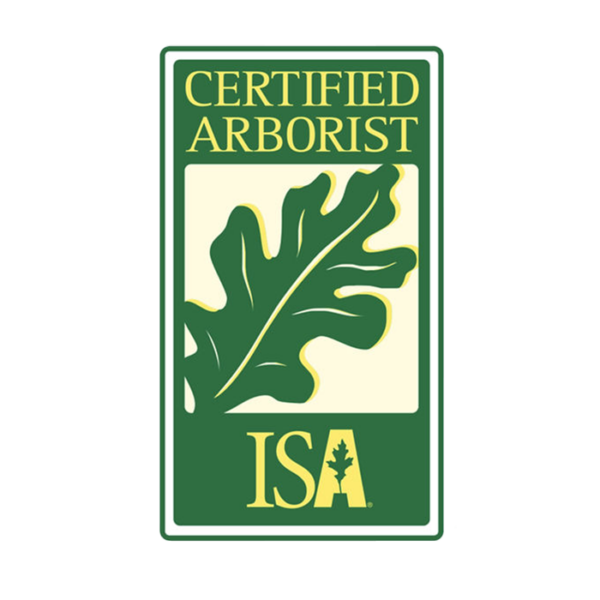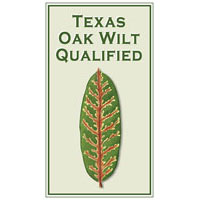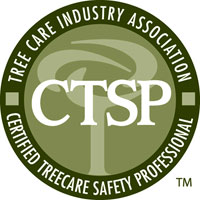This season, lecanium scale insects have been particularly prevalent in West Texas. They have infested a broad range of ornamental trees and fruit trees, weakening them and making them subject to undue stress. If you want to spare the trees on your property from being harmed by these voracious pests, there are two main avenues of approach you can take to get rid of them. Hildebrandt Tree Tech has multiple ISA Certified Arborists on staff, and we are quite familiar with scale insects and how best to remove them. The two primary methods of treatment are foliar sprays and/or systemic injection.
A systemic insecticide approach will involve injecting an insecticide either into the trunk of the tree or into the soil. This ensures that the insecticide is delivered comprehensively throughout the plant itself. A foliar spray on the other hand, is applied to a plant’s leaves, which allows it to be readily absorbed and make contact with feeding pests, but is more challenging to accomplish on larger, taller trees. After inspecting any infested trees on your property, one of our ISA Certified Arborists will be able to recommend the most effective approach for ridding your trees of scale insects.
How to identify scale insects on your trees
In some cases, it’s very easy to identify lecanium scale insects on your trees, because you’ll see numerous small brown objects clustered together on a given branch of your tree, usually where there are new stems or new leaves. They might look like they’re part of the tree itself, but in reality, they’re scale insects feeding on the sap produced by the tree.
You might also see small wet spots under the tree, on your driveway, your patio and/or vehicle (windshield/paint). The insects excrete the excess sap they’re feeding on as honeydew. This rains down as a shiny and sticky substance, which, if the sun hits it just right, can look like a light mist. The honeydew also promotes the growth of a sooty black mold that can cause the tree’s leaves to fall off if an extreme infestation is present.
Once the female scale insects reach the end of their lifecycle, they will dry up and harden, leaving behind a protective waxy cover containing eggs which will hatch within two weeks and begin feasting on the tree leaves. They will feed throughout the growing season and then go dormant in the winter, returning in the springtime to reproduce and lay eggs of their own. It’s easy to see how in just a couple of seasons, these pests can completely take over any tree in your yard and severely impact its appearance and its health. At the first sign of scale insects, you should contact a professional so a program of treatment can be implemented early.
Professional treatment of scale insects
When you recognize that you have an infestation of scale insects on your oaks, elms, or any other trees, don’t hesitate to contact us for professional treatment of the pests. At Hildebrandt Tree Tech, we have the knowledge, the experience, and the right equipment to eliminate insects troubling your trees. Contact us with any questions you might have, or to obtain a quote for our services.






